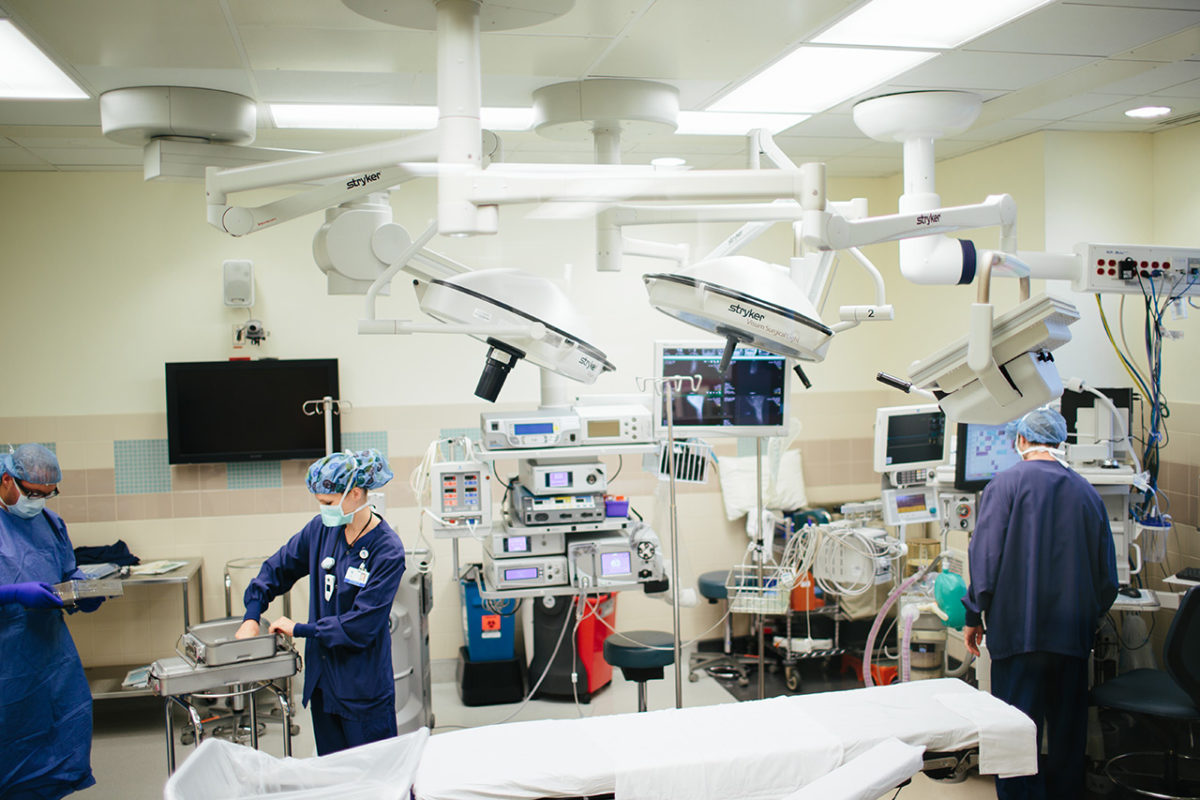High-Quality Low-Cost Patient Care: Why the ASC Model May Well Represent the Future of Healthcare Providers in the US?

The major challenge dominating the healthcare industry has always been to lower the cost of patient care while not sacrificing quality. As technology continues to advance in surgery, more procedures can be done outside a traditional hospital setting (such as in surgery centers and physician offices). Ambulatory Surgery Centers (ASCs) have stood as the “high-quality low-cost patient care” model despite many regulatory changes in the healthcare scene.
With ASCs, Medicare and its beneficiaries share in more than $2.6 billion in savings annually because Medicare pays significantly less for procedures performed in ASCs compared to hospital outpatient departments (HOPDs). This trend encompasses more than just Medicare; ASCs are highly sought after by payers who are looking for lower facility fees. Commercial insurance providers and their beneficiaries save $38 billion each year with ASCs.
In its 2017 ASC Payment System rates and policies, CMS projects a 1.9 percent increase. On the other hand, as part of the Bipartisan Budget Act of 2015 (Budget Deal), Congress mandated that, beginning in 2017, all off-campus physician practices and ASCs acquired by a hospital, following enactment of the law in November 2015, would no longer be reimbursed using the HOPD payment rates. CMS calls them “off-campus provider-based departments (PBDs).” Off-campus PBDs will be paid under MPFS (Medicare Physician Fee Schedule) in most cases instead of the higher-paying OPPS.
On the patient’s side, co-pays are significantly lower when care is received in an ASC. For instance, a (Medicare beneficiary) patient could be paying $496 for co-insurance in a cataract extraction procedure if performed in the HOPD; whereas in an ASC setting, the patient could pay as little as a $195 co-pay.
Here’s an infographic of how ASCs have evolved over the years and helped bring healthcare costs down while increasing patient satisfaction.
Hospitals who want to avoid the cost of running non-acute outpatient departments are also beginning to establish ASCs of their own or entering into joint partnerships. Hence the rise of ASCs in recent years. In 2014 alone, there were more than 5000 ASCs performing 23 million surgeries a year.
OrthoSpineNews
OrthoSpineNews.com is the preferred aggregator of all news in the orthopedic and spine industry. You can subscribe for our daily email, follow us on twitter or download our app for iPhone and Android.